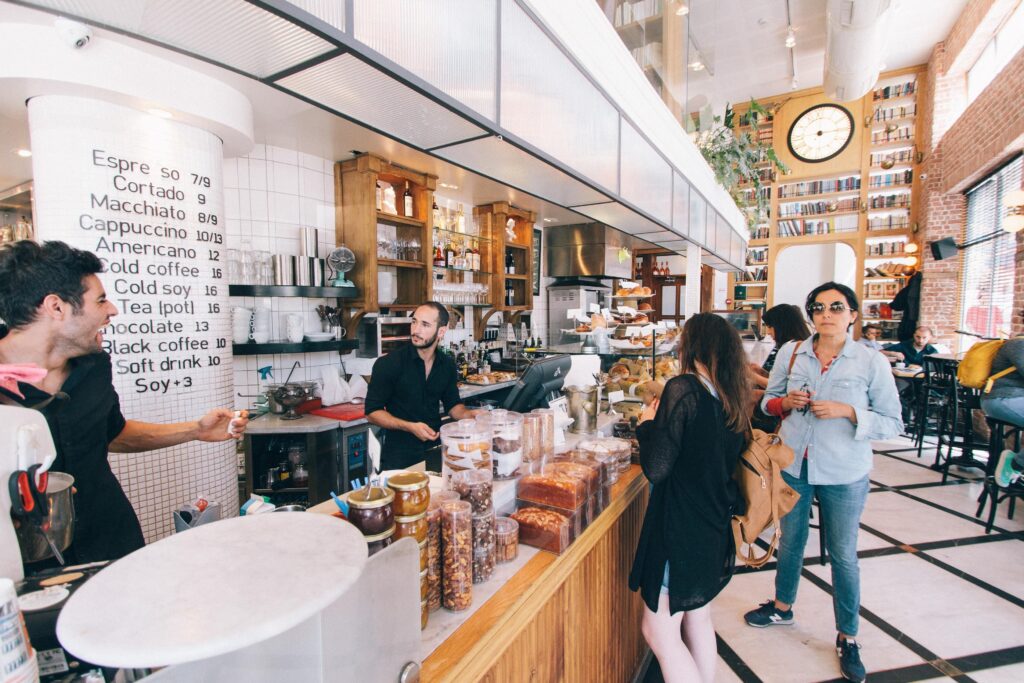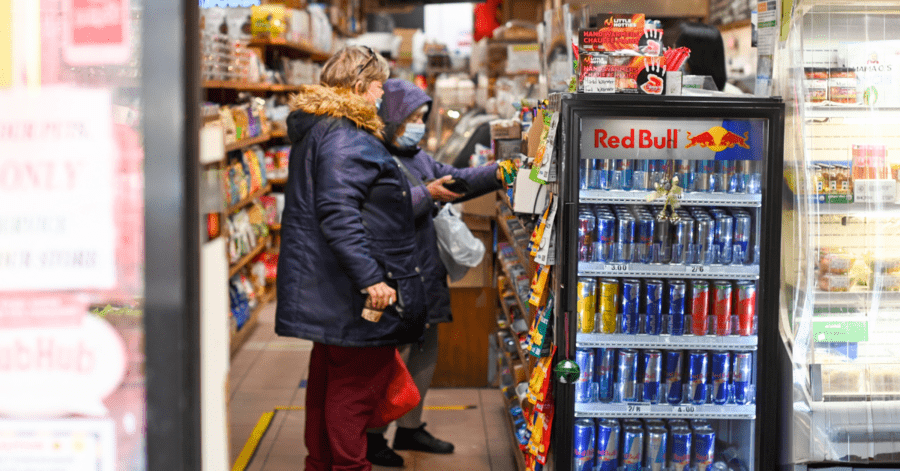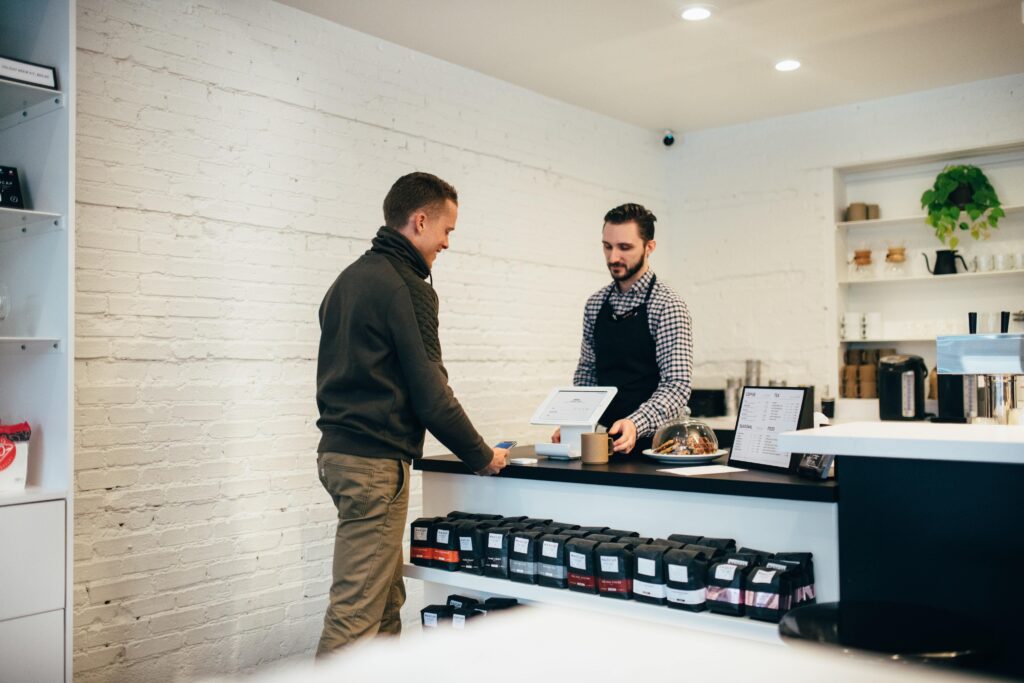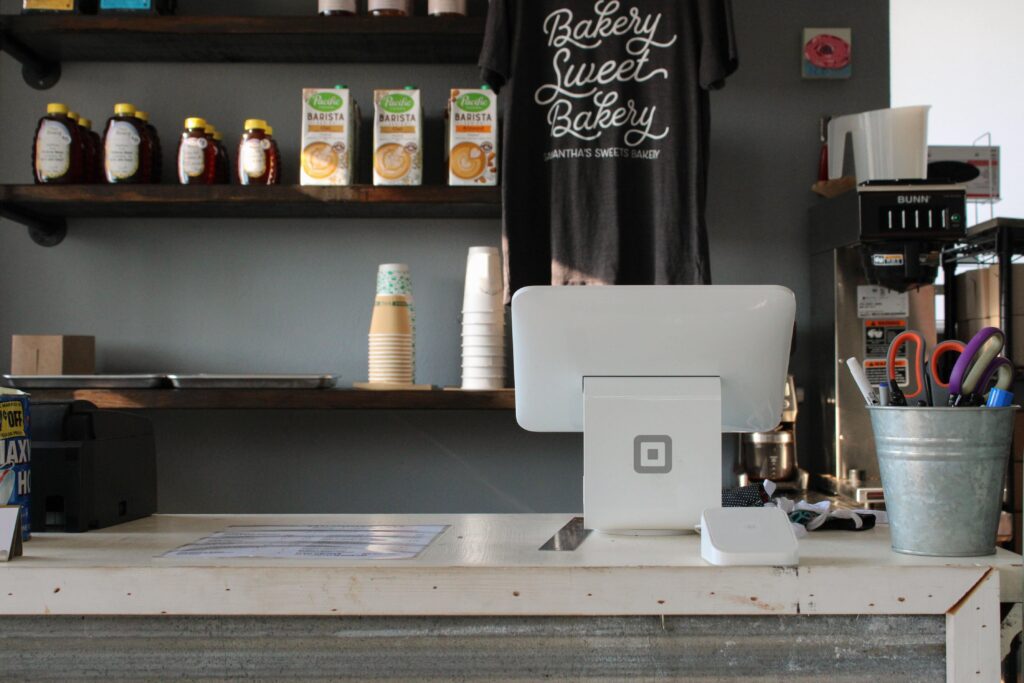
Imagine this for a second: you are entering your favorite retail store to buy a gorgeous vest listed for $20. You pick it out from the rack, try it on, and gleefully make your way over to the register to buy it.
While standing in line, you notice a shelf next to you. It displays hats on sale for only $1. You then see a makeup box for only $7. Once you finally get to the register, you pick out one of their $10 gift cards for a friend. Finally, your hunger activates when you notice their $2 chocolate bars on the checkout counter.
Although you only planned to spend $20 on a vest, you walk out of this store having spent $40. This is the magic of point of sales marketing.
Alright, that was a bit of an exaggerated example, but you get the gist. Point of sales marketing is a very powerful strategy that can work with various business types. Here’s all you need to know.
What is Point of Sales Marketing?

Also known as “POS,” point of sales marketing refers to the display of items that are right near the time and place in which a transaction is completed. In layman’s terms, it’s those little items that customers can spot being sold right at cash registers. POS advertising can also come in the form of a free-standing display unit (FSDU).
Perhaps you’re wondering how an item itself can be classified as an advertisement. It all comes down to marketing strategy.
People don’t usually walk into stores specifically for the items displayed near a checkout counter. These advertisements, however, convince customers to buy on an impulse. This often happens without any words.
You may also be wondering if this form of advertising truly works on a large scale. Many studies suggest that it’s very beneficial. For instance, a survey conducted by CreditCards.com conveys that a whopping 5 in 6 Americans have made an impulse purchase at some point in their lives.
It’s worth noting that this should not be conflated with point of purchase (POP). This type of advertising is often found in other parts of stores.
[in_content_ads gallery=”logos” logo=”on” title=”Need graphic design help?” subtitle=”Try Penji’s Unlimited Graphic Design and get all your branding, digital, print, and UXUI designs done in one place.” btntext=”Learn More” btnlink=”https://penji.co”]
Key Examples

To paint a perfect picture of what point of sales marketing looks like, we must examine its common variations.
Grocery stores are known for their consistent point of sales campaigns. Candybars, gum packs, and magazines line the shelves near every register. They are specifically designed to be showcased whenever a customer unloads their groceries onto the conveyor belt.
Their point of sale display units for candy are structured in a convenient way so that children can see the products in clear view. It’s safe to say that they know what they’re doing.
Many gas stations carry a similar setup, only without the conveyor belts. Stations such as 7-Eleven and Wawa will double as convenience stores.
Beef jerky, cheap vitamins, and fruits are commonly found in these layouts, as well as baked comfort food. They are also known for their cigarette displays. Since tobacco ads have heavy legal restrictions, POS is their primary form of advertisement.
Fast food restaurants will commonly present their deserts, food samples, and gift cards. Some restaurants, such as McDonalds, are known to have a display case filled with Happy Meal toys.
Retail stores also sell gift cards at their register. They can even have FSDUs filled with accessories, nail polish, or snacks.
How Do I Create A Point of Sales Marketing Campaign?

Creating a working POS marketing campaign depends on the type of business you run and the particular space you choose to advertise in. Fortunately, there are a plethora of options available.
If you are a retailer who sells their own products, then you’re in luck. Direct communication makes point of sales marketing much more efficient.
The first thing you need to do is identify your goals. Retailers often use POS to get rid of their overstocked items. It can also be used for highlight new or seasonal product lines.
It is critical to consider the layout of your store. Where do your customers walk in and out of your establishment? What are their eyes naturally drawn to when checking out items? Furthermore, what do your lines usually look like?
If there are multiple lines, with several checkout spaces, its beneficial to place different products on each shelf.
If you are a product manufacturer, there are many ways to ensure that your items are placed in the best places. Product manufacturers are constantly making POS deals with shops such as Acme, Target, and even dollar stores.
Furthermore, manufacturers will often send agents to certain store locations to view their setup. The products seen near your local Rite Aid register were the subject of negotiations between the retailer and multiple manufacturers. These spots are in high demand.
Additional Tips

- Use signs, posters, etc. Can draw immediate attention to customers who are about to check out.
- Make your display pretty. There’s a lot you can do with FSDUs that can attract consumers.
- Creative and fun setups, colors, fonts within your signs.
- If you’re a manufacturer aware that your products will be POS, work with complementary colors, mascots, etc.
- If you’re selling candy, for example, you want your wrappers to be bold, attractive to the eye, and look delicious.
- Items can be sold on top of some registers with a beautiful display case.
- People are much more likely to succumb to point of sales ads when there’s a sale/clearance going on.
Although point-of-sales marketing may seem unusual, it is actually a very effective way to quickly sell your product or service.














